As a pilot, flying a helicopter with complex maneuvers like hovering, autorotation, vertical takeoffs, and landings offers breathtaking views over national parks, mountainous regions, and scenic destinations. Most people consider flying a helicopter riskier and more skill-intensive than a fixed-wing aircraft. But how is a helicopter different from a fixed-wing aircraft?
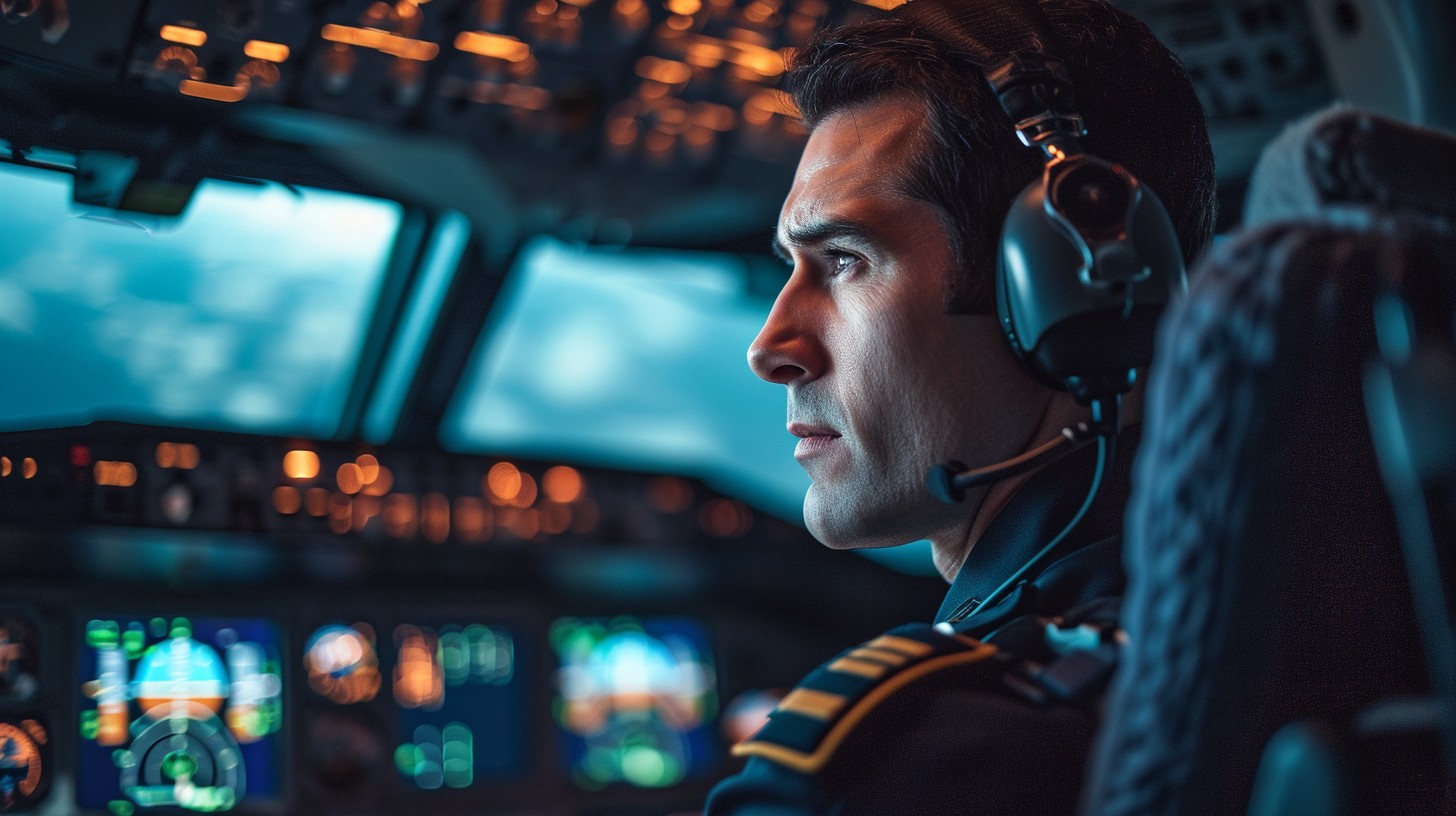
Helicopters and fixed-wing aircraft contribute to aviation similarly to basic purposes. Considering a bit broadly, they are very different in multiple aspects. Pilots can witness vast differences between them, from training to aviator operations. The most basic variation would be that fixed-wing aircraft waltz forward while helicopters tango up and down. So, let’s explore helicopter and fixed-wing aircraft differences from a pilot’s perspective.
Pros and cons of fixed-wing and helicopters.
Fixed wing
Advantages of Fixed-Wing Aircraft:
Vast Range and Endurance: Fixed-wing aircraft have a significant advantage over rotary-wing (helicopter) aircraft in terms of flight range and endurance. They can fly long distances without refueling or rest, making them ideal for extended missions or transportation.
Flight Stability: Fixed-wing planes perform well in various weather conditions, including strong winds, turbulence, and thunderstorms. Their wings create lift, ensuring stability during flight.
High Speed: Due to their aerodynamic design, fixed-wing aircraft achieve higher speeds than helicopters. This efficiency makes them suitable for commercial airlines and rapid transportation.
Payload Capacity: Fixed-wing planes excel in carrying heavy payloads over long distances and diverse terrains. Their greater capacity, speed, range, and stability make them ideal for cargo transport.
Disadvantages of Fixed-Wing Aircraft:
- Limited Maneuverability: Fixed-wing aircraft rely on forward motion and fixed wings, limiting their maneuverability compared to helicopters. Helicopters can change direction quickly and hover in place.
- Space Constraints: Their wingspan and constant forward motion make tight spaces and obstacle navigation challenging.
- Complex Control: Piloting fixed-wing aircraft requires specific skills and understanding of flight dynamics.
- Higher Repair Costs: Repairs can be expensive due to their complex structure and components.
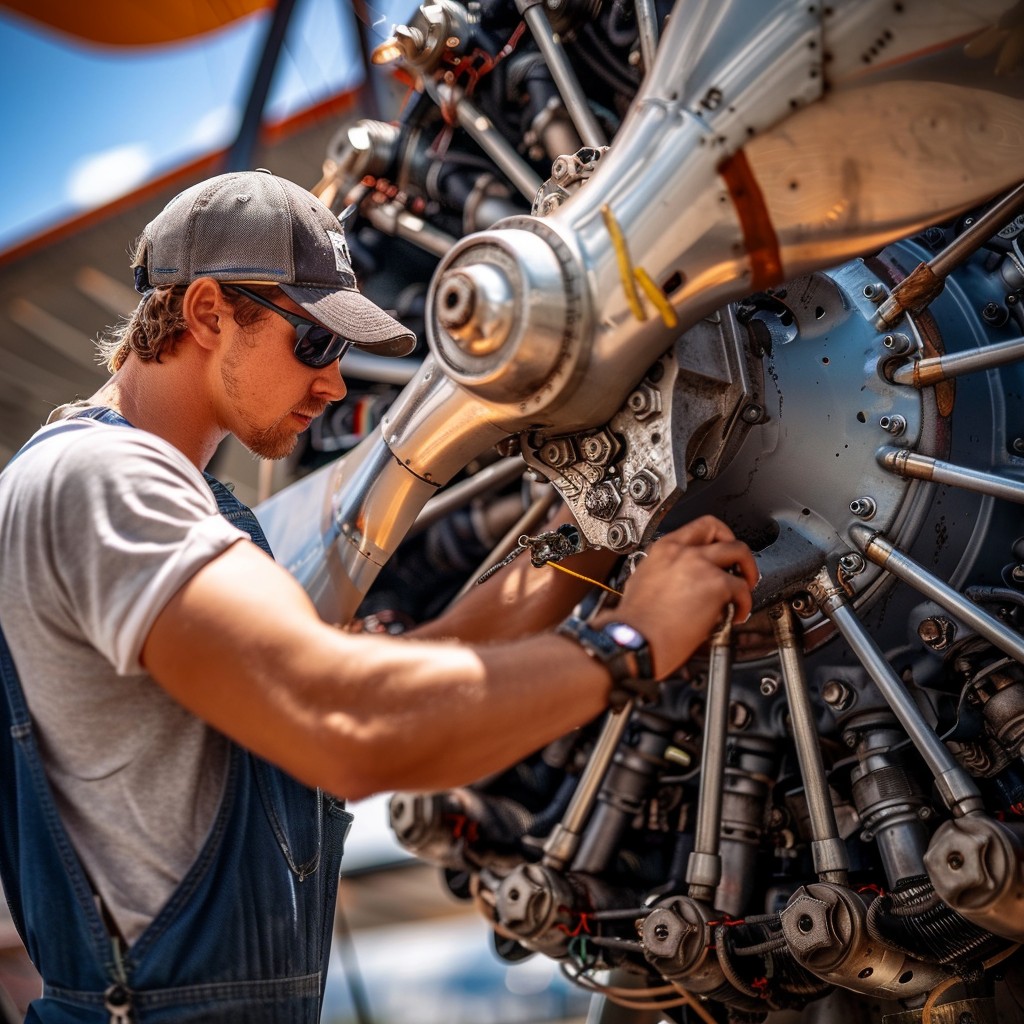
Fixed-wing aircraft excel in long-distance travel, stability, and payload capacity, but their limitations include maneuverability and setup time.
Helicopters
Advantages of Helicopters:
Vertical Takeoff and Landing (VTOL) Capabilities: Helicopters can take off and land vertically, eliminating the need for runways. This feature allows them to access places airplanes cannot, making them valuable for emergency response and reaching remote locations.
Hovering Ability: Helicopters can hover in place, which airplanes cannot. This unique feature enables tasks like search and rescue operations, where victims need airlifting from inaccessible areas.
Access to Remote Locations: Helicopters can reach areas with limited infrastructure, such as disaster sites, mountainous regions, or offshore platforms.
Task Versatility: They serve various purposes, including transportation, logging, aerial photography, and law enforcement.
Quick Emergency Response Time: Helicopters can swiftly respond to emergencies, providing medical evacuation, firefighting, or law enforcement support.
Disadvantages of Helicopters:
Limited Flight Range: Helicopters typically cover shorter distances than airplanes. They usually fly between 250 and 600 miles, limiting their range for long-haul flights.
Lower Top Speeds: Helicopters are slower than airplanes, especially at high altitudes.
Complex maintenance: Due to their intricate mechanical systems, helicopters require more maintenance, making them costlier to operate and maintain than airlines.
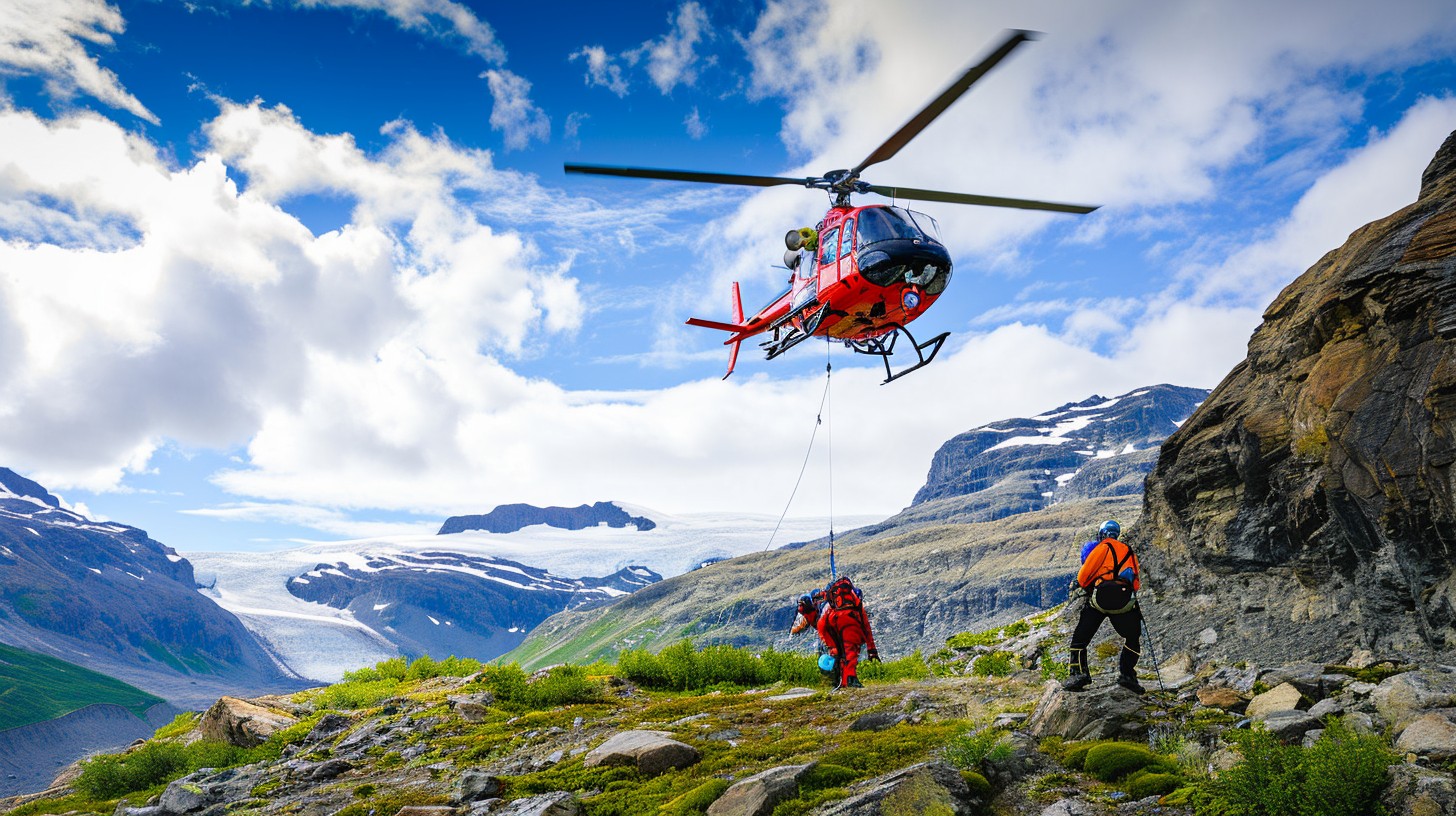
Higher Operational Complexity: Flying a helicopter is more challenging than piloting an airplane, requiring specialized training and skills.
The Pilot Perspective of Helicopters vs Fixed Wing
Let’s delve deeper into the pilot considerations from the perspective of fixed-wing and helicopter pilots:
Fixed-Wing Pilots:
These are the basic control mechanisms for fixed-wing pilots.
Simplicity: Fixed-wing aircraft have straightforward control mechanisms. Pilots primarily manipulate the control yoke (or stick) and rudder pedals.
Aerodynamic Surfaces: Elevators (on the tail) control pitch, ailerons (on the wings) control roll, and the rudder controls yaw.
Sensory Inputs:
- Visual Cues: Fixed-wing pilots rely heavily on visual cues. They monitor the horizon, airspeed indicators, and altitude instruments.
- Inner Ear Sensations: Detecting accelerations (such as turns or climbs) relies on inner ear sensations.
Precision: Fixed-wing pilots strive for precise control during takeoff, landing, and maneuvers. They maintain specific airspeeds and altitudes.
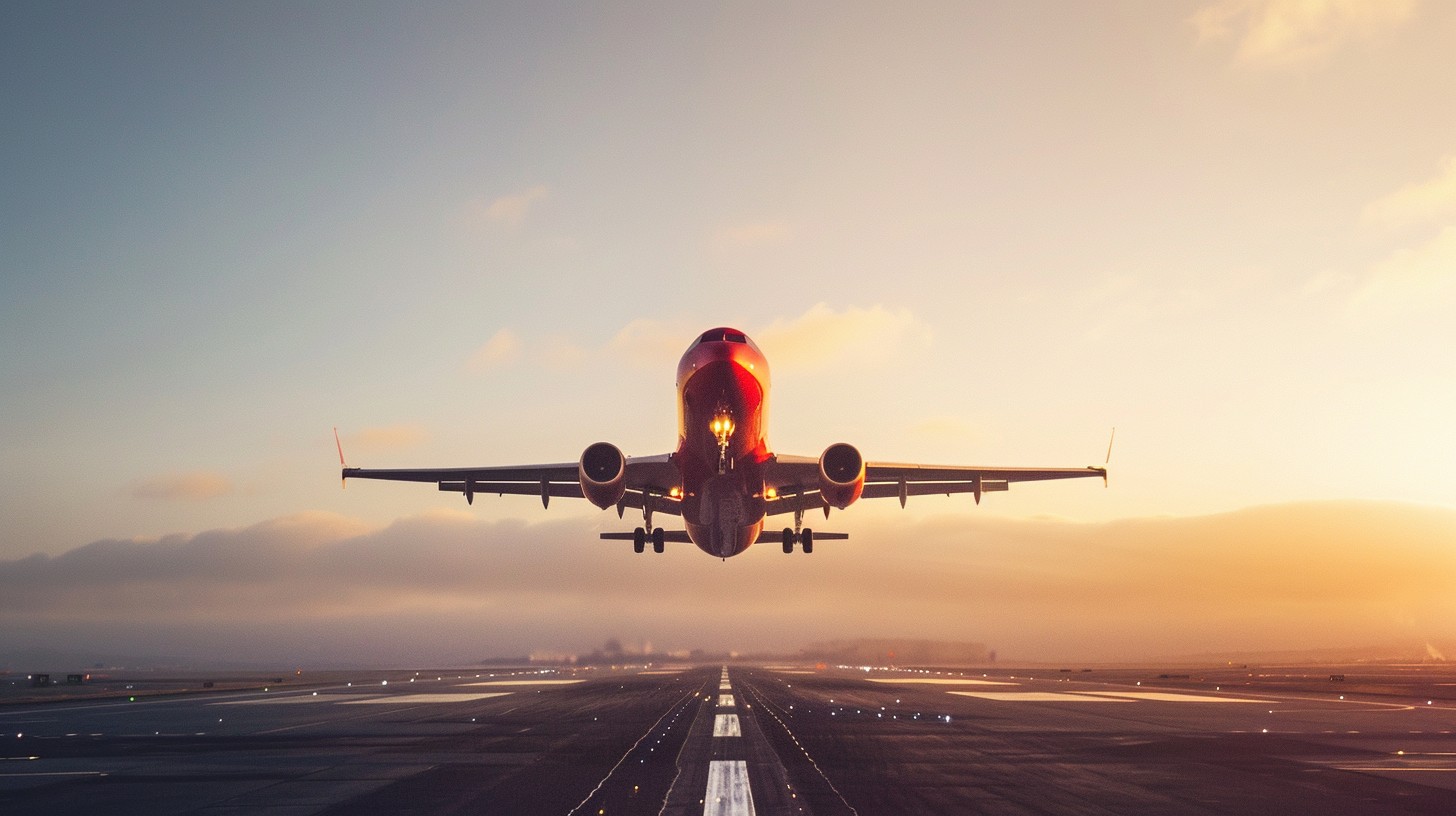
Helicopter Pilots:
Helicopter pilots have to deal with complex controls such as :
- Collective Pitch: The collective lever adjusts the pitch angle of all rotor blades simultaneously. Raising it increases lift while lowering it decreases lift.
- Cyclic Pitch: The cyclic stick tilts the rotor disc, allowing the helicopter to move in any direction (forward, backward, sideways).
- Anti-Torque Pedals: These pedals control the tail rotor’s pitch, counteracting the main rotor’s torque effect.
Maneuverability and Challenges:
- Hovering: Helicopter pilots master hovering, a delicate balance of collective, cyclic, and pedal inputs.
- Confined Spaces: Precise control is crucial in urban environments or near obstacles. Helicopters can land on rooftops, narrow pads, or uneven terrain.
- Dynamic Situations: Helicopter pilots adapt swiftly to changing conditions, such as wind gusts or turbulence.
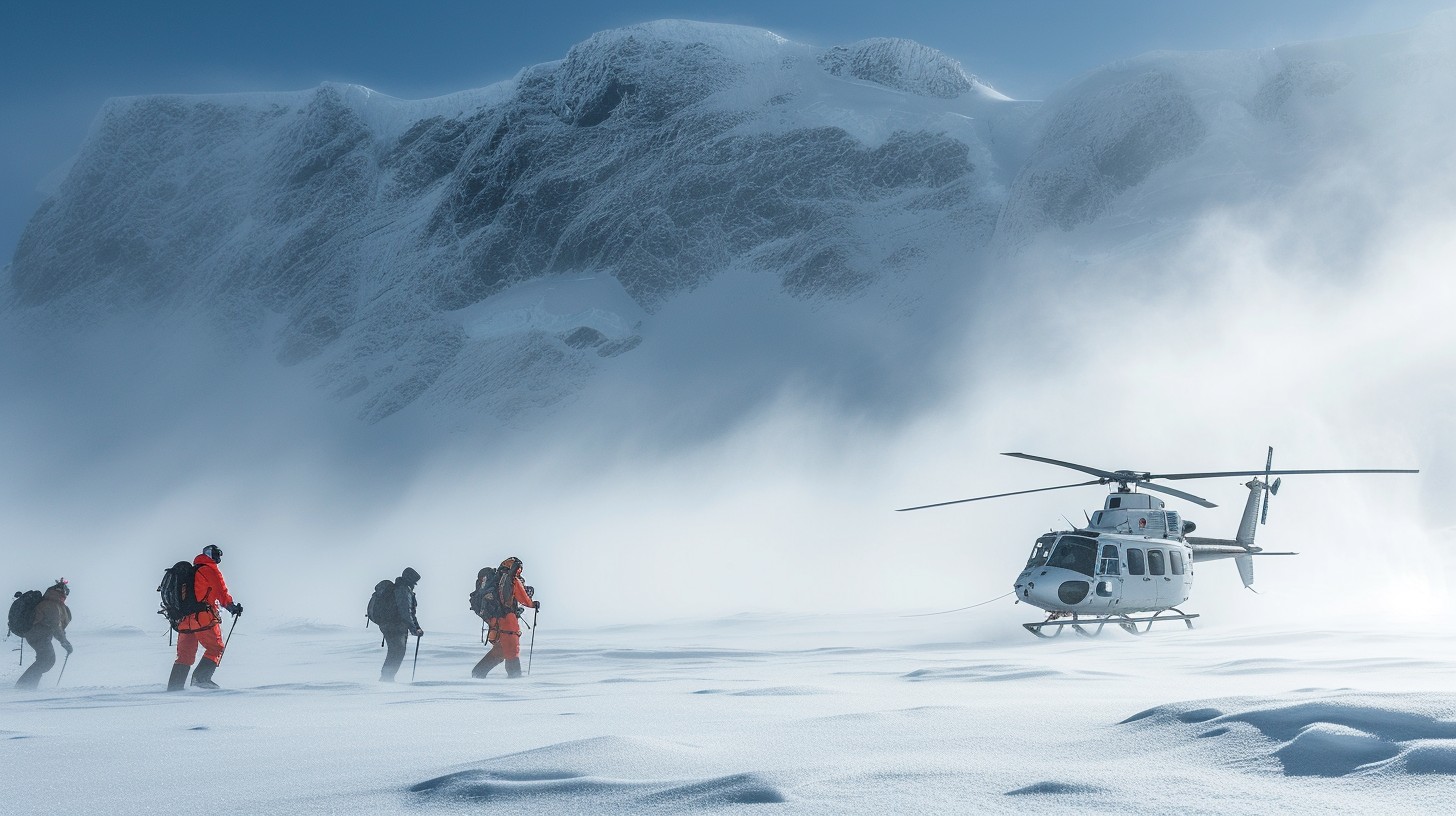
Fixed-wing pilots enjoy stable flight, long distances, and the thrill of cruising at high altitudes, whereas helicopter pilots often find their work more dynamic and hands-on. The challenge lies in mastering complex controls, achieving precise hover, and performing low-level maneuvers in helicopters.
Fixed-wing aircraft can achieve high speeds, often exceeding 500 mph (800 km/h), in the case of commercial jets. Helicopters generally travel at slower speeds than fixed-wing aircraft. Commercial jets can fly at various speeds, depending on the model and purpose. Mid-range commercial helicopters typically fly around 160 knots (185 mph or 296 km/h), much slower than most jet airplanes.
Overall, fixed-wing pilots prioritize stability and straightforward controls, while helicopter pilots thrive on agility, adaptability, and the ability to operate in tight spaces. Both roles offer unique experiences in the sky.
Operating environments of Helicopters vs Fixed Wing
Fixed-Wing Aircraft: Fixed-wing aircraft need a runway for takeoff and landing. The runway provides the necessary distance for acceleration during takeoff and deceleration during landing. They thrive in controlled environments like airports, which have paved runways, taxiways, and navigational aids. Airports also offer maintenance facilities, fueling stations, and air traffic control services. Fixed-wing aircraft are less adaptable to rough or unprepared surfaces. They need suitable runways in areas.
Helicopters: Unlike fixed-wing aircraft, helicopters can operate in a wider range of environments. They operate in diverse conditions:
- Urban Areas: Helipads on rooftops or open spaces allow urban operations.
- Remote Locations: Helicopters access mountainous terrain, forests, and offshore platforms.
- Disaster Zones: They provide critical support during emergencies.
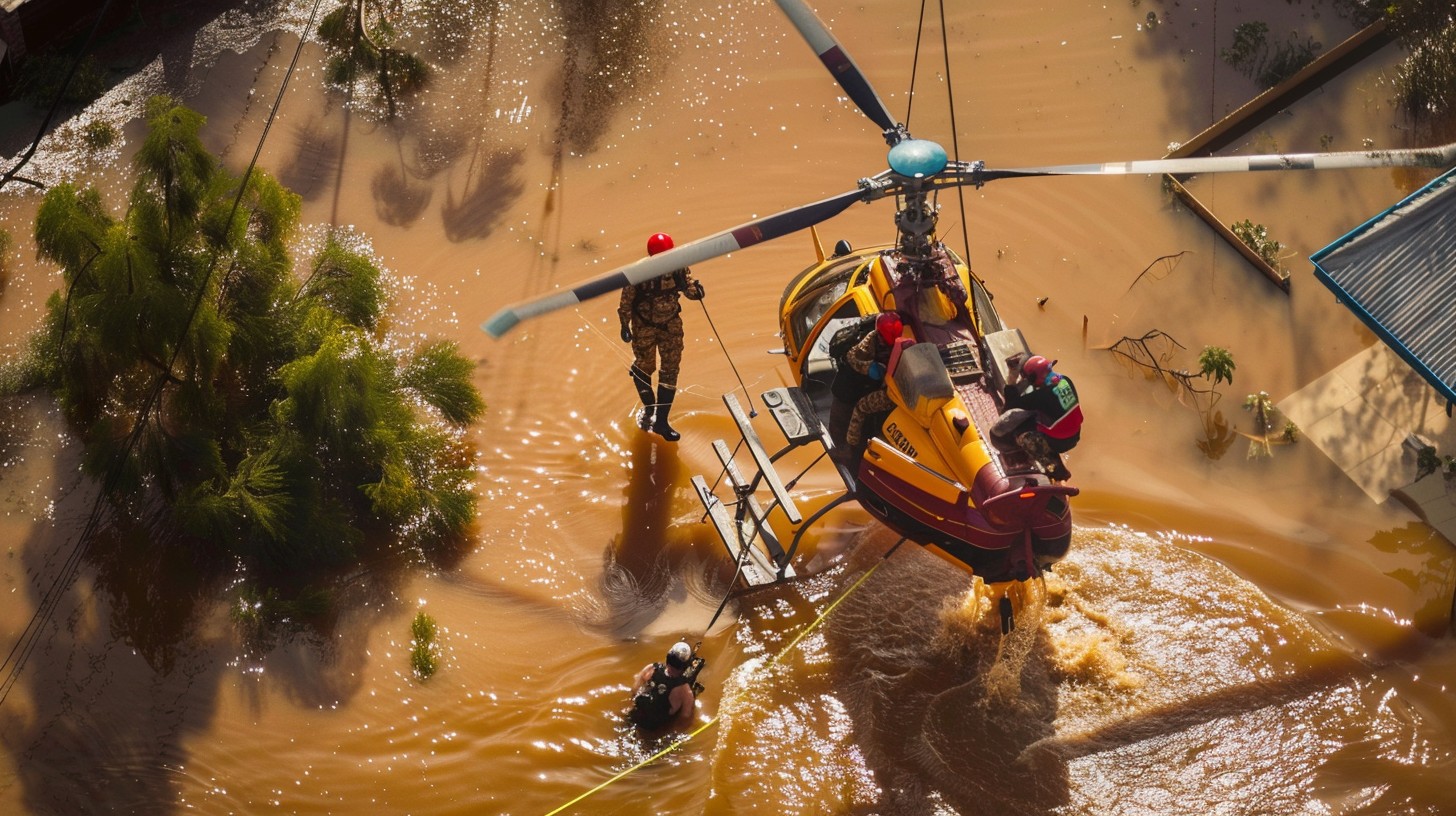
Helicopters can hover in place, making them useful for tasks like search and rescue. They handle rough or unprepared surfaces better than fixed-wing aircraft.
Fixed-wing aircraft excel in controlled environments with runways, while helicopters offer flexibility by operating in varied conditions and challenging terrains.
Differences in the Cost of Training of Helicopter vs fixed-wing aircraft.
Let’s compare the cost of training for helicopter pilots versus fixed-wing aircraft pilots. These figures can vary based on location, training programs, and other factors. Here’s a concise breakdown:
| Aspect | Fixed-Wing Aircraft | Helicopter |
| Private Pilot License | $15,000 to $20,000+ | $24,000 to $30,000+ |
| Operating Cost (per hour) | $7.74 | $27.70 |
Fixed-Wing Aircraft:
- Private Pilot License (PPL): Typically costs between $15,000 and $20,000 or more.
- Operating Cost: Approximately $7.74 per hour1.
Helicopter:
- Private Pilot License (PPL): Usually ranges from $24,000 to $30,000+.
- Operating Cost: Around $27.70 per hour
While helicopter training tends to be more expensive, it’s essential to consider career opportunities and potential earnings when making your decision. Both paths offer unique advantages.
The license requirements for a pilot in helicopter vs fixed-wing aircraft
Let’s explore the license requirements for helicopter pilots versus fixed-wing aircraft pilots:

Helicopter Pilot License (PPL-H):
- Minimum Age: You must be at least 17 to obtain a PPL-H.
- Medical Certificate: Hold a Part MED Class 2 Medical Certificate.
- Training Course: Complete a training course at an Approved Training Organisation (ATO) or Declared Training Organisation (DTO).
- Theoretical Knowledge Exams: Pass exams in air law, human performance, meteorology, navigation, etc.
- Flight Instruction:
- Forty-five hours of helicopter flight instruction (including dual flight instruction and supervised solo flight time).
- At least 10 hours of solo cross-country flight time, covering a distance of 185 km (100 NM) with landings at different airports.
- Skill Test: Pass a skill test on the same type of helicopter used for training.
Fixed-Wing Aircraft Pilot License (PPL-A):
- Minimum Age: Same as PPL-H (17 years old).
- Medical Certificate: Hold a Part MED Class 2 Medical Certificate.
- Training Course: Complete training at an ATO or DTO.
- Theoretical Knowledge Exams: Pass exams covering air law, navigation, principles of flight, and more.
- Flight Instruction:
- Forty-five hours of flight instruction (including dual and solo flight time).
- At least 5 hours of solo cross-country flight time with landings at different airports.
- Skill Test: Pass a skill test on the same type of airplane used for training.
These requirements can vary based on location and individual circumstances.
Can Helicopter Pilots Transition To Flying Fixed-Wing Aircraft?
If a helicopter pilot holds a private pilot certificate and wants to learn to fly fixed-wing airplanes at the private pilot level, they can pursue adding the airplane category (specifically single-engine land) to their existing certificate. For helicopter pilots eyeing an airline career, several programs facilitate a rotor transition to fixed-wing aircraft. In the United States, pilots typically need 1,500 flight hours to qualify for an airline transport pilot (ATP) certificate. However, military-trained pilots may require only 750 hours. According to the FAA, helicopter pilots must accumulate 250 hours of fixed-wing pilot-in-command (PIC) time to move to commercial airlines.
For instance, renowned actor Tom Cruise, known for his role as a fighter pilot in the movie “Top Gun,” is also a licensed pilot in real life. His passion for aviation was sparked during the filming of the original “Top Gun” movie. He discovered his love for flying while filming the movie and has logged enough flight time to fly both helicopters and commercial airplanes. The actor has shown his ability in complex aerial sequences in his movies, such as Mission Impossible and Top Gun: Maverick. The aerial sequences in the movies are real without any CGI, thanks to the action superstar.
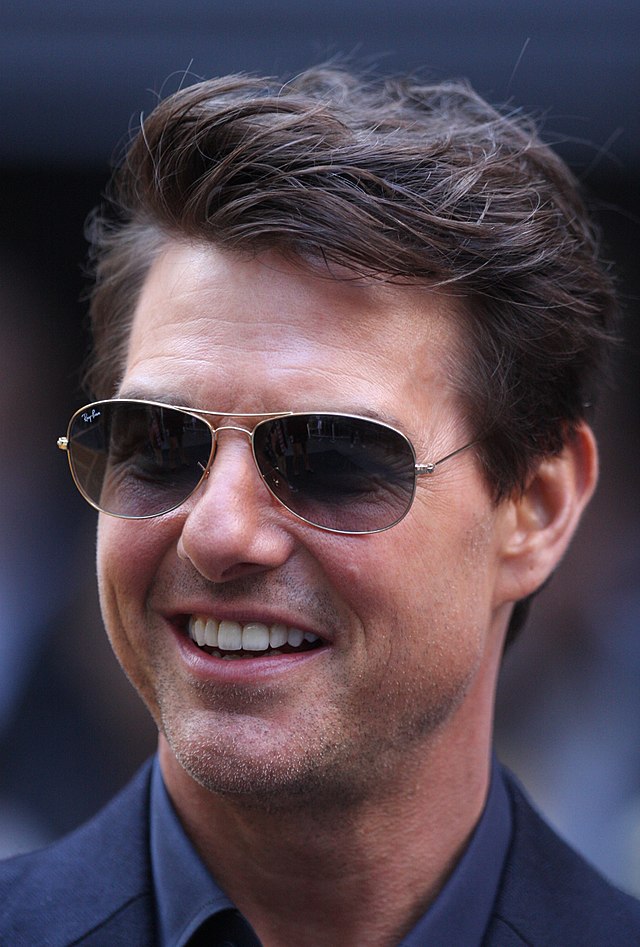
In an episode with James Corden on the Late Late Show, Cruise took the host for a flight in a fighter jet at the top gun training school. In the episode, Cruise showcased how versatile and talented he is as a pilot.
Conclusion
Both helicopter and fixed-wing pilots face challenges, but their preferences vary. Some find helicopters more demanding due to their dynamic nature, while others appreciate the stability and speed of fixed-wing aircraft. Ultimately, the choice depends on individual goals and the thrill of mastering either type of flying.
